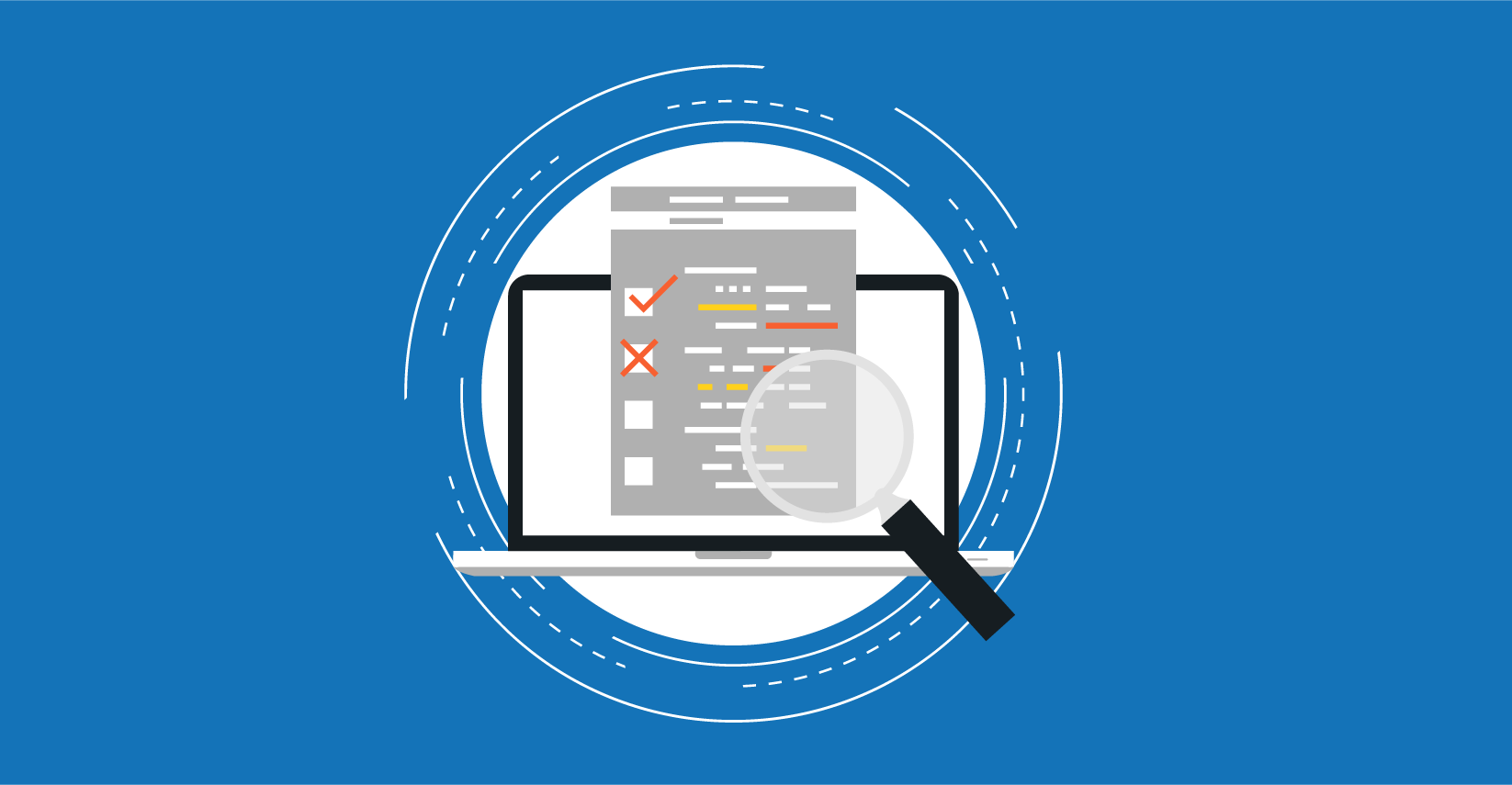How to Handle Testing for Different App Stores in Mobile Testing

- September 4, 2023
- admin
Mobile applications have become an integral part of our daily lives. With millions of apps available across various app stores, ensuring the quality and functionality of your mobile app is of utmost importance. One crucial aspect of app development is testing, and when you aim to reach a wider audience, it’s vital to consider the requirements of different app stores. In this article, we will delve into the intricacies of testing for different app stores in mobile testing services, providing you with a comprehensive guide to ensure your app performs flawlessly on every platform.
Understanding the App Store Ecosystem
Diverse App Stores
Before we dive into testing strategies, it is essential to grasp the diversity of app stores. While major players like Apple’s App Store and Google Play Store are well-known, there exist numerous other app stores, each with its unique requirements and guidelines.
Market Research
Begin your journey by conducting thorough market research to identify the app stores that align with your target audience. Understanding your users’ preferences and geographical locations will help you prioritize which app stores to target for maximum reach and impact.
Tailoring Your App for Different App Stores
Platform-Specific Features
Each app store may have platform-specific features and requirements. For instance, iOS apps often demand strict adherence to design guidelines, while Android apps may offer more flexibility. Tailoring your app to meet these platform-specific requirements is essential to ensure a seamless user experience.
Localization
Localization plays a pivotal role when targeting different regions. Translate your app’s content and adapt it to the cultural norms of the audience you are targeting. This not only enhances user experience but also has a positive impact on app store rankings and user engagement.
Testing Strategies
Compatibility Testing
To ensure your app works smoothly on various devices and operating systems, perform compatibility testing. This rigorous testing involves evaluating your app on different devices, screen sizes, and OS versions to identify and rectify any compatibility issues.
Functional Testing
Functional testing is a fundamental step in the testing process. Test every feature and functionality of your app meticulously to ensure they work as intended on each app store’s platform. This ensures a seamless user experience across the board.
Performance Testing
Performance is a critical aspect of user satisfaction. Conduct performance testing to assess your app’s speed, responsiveness, and resource usage on different devices. Ensuring optimal performance enhances user satisfaction and can lead to higher app store rankings.
App Store Submission
Adhering to Guidelines
Before submitting your app to any app store, meticulously review and follow each store’s guidelines. Failure to comply with these guidelines can result in rejection. Paying close attention to these requirements is crucial to a successful submission process.
App Store Optimization (ASO)
Optimize your app store listing by using relevant keywords, eye-catching visuals, and compelling descriptions. App Store Optimization (ASO) is vital for increasing visibility and download rates, which are crucial for app success.
Post-Release Monitoring
User Feedback
Listen to user feedback attentively and promptly address any reported issues or bugs. Taking a proactive approach to resolving user concerns enhances user satisfaction and positive reviews, ultimately boosting your app’s reputation.
Regular Updates
Continuously update your app to meet evolving app store requirements and user expectations. Regular updates signal commitment to your users and can improve your app’s rankings in app stores, ensuring it remains competitive in the market.
Conclusion
Successfully handling testing for different app stores in mobile testing requires a strategic and comprehensive approach. By understanding the unique characteristics of each app store, tailoring your app accordingly, implementing effective testing strategies, and maintaining vigilance post-release, you can ensure your mobile app thrives in a competitive market.











